Walking tour in the former Warsaw Ghetto with Warsaw guide
Introduction to a visit to the Museum of the History of the Jewish People in Poland – (POLIN).
#Guide in Warsaw #Local tour guide in Warszawa #Private tour guide in Warsaw #local guide in Warszawa #tourist guide in Warsaw
Tour 7 ### Walking tour in Warsaw Ghetto- 2 hours. Price: 350 zloty
You will be picked up at your hotel if it is nearby. Otherwise, we meet at the the enterance to Centrum Królewska – ul. Marszałkowska 142. It is a large office building located on the corner of Marszałkowska and Królewska streets, opposite Saski Park.
1. Plac Grzybowski – a surviving corner of the Jewish ghetto
This is where an important part of life took place in the Jewish ghetto. We stroll through Próżna Street, which was part of the Jewish ghetto but was not destroyed in 1943. The street has been restored and recreates the atmosphere of the Jewish neighbourhood before WWII.
We’re talking about the Jewish ghetto during WWII. What was the purpose and what did the Germans say about the ghetto. The division into a large and a small ghetto.
We also discuss the situation of Jews in interwar Poland and the tensions between Poles and other peoples in the newly created Polish state.
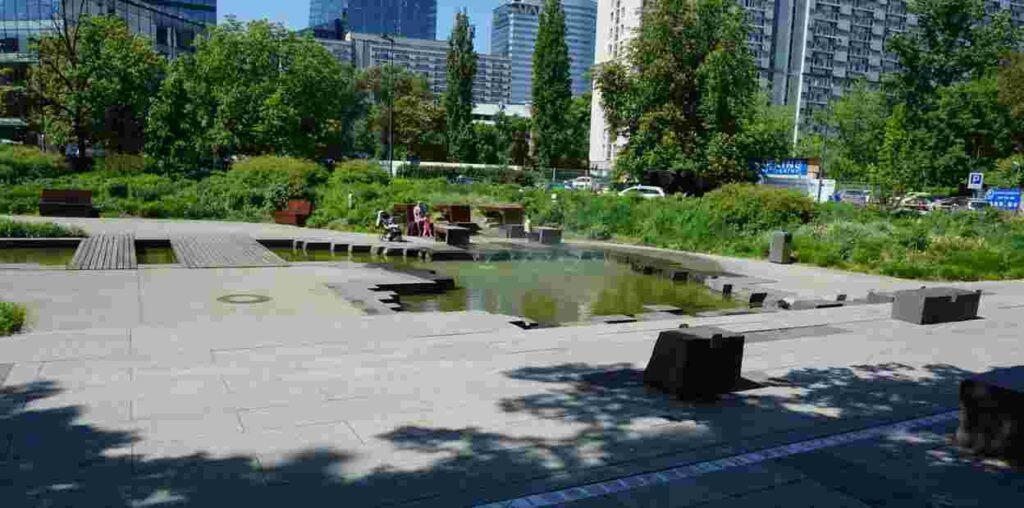
2. Nożyków Synagogue – the only functioning major Synagogue in Warsaw
A tour around the synagogue. Here we talk about Jews in today’s Warsaw and in Poland in general. And how do you define who is Jewish.
As standard we look at the Synagogue from outside. The Synagogue charges an extra 20 zloty per person, if You want to go inside.
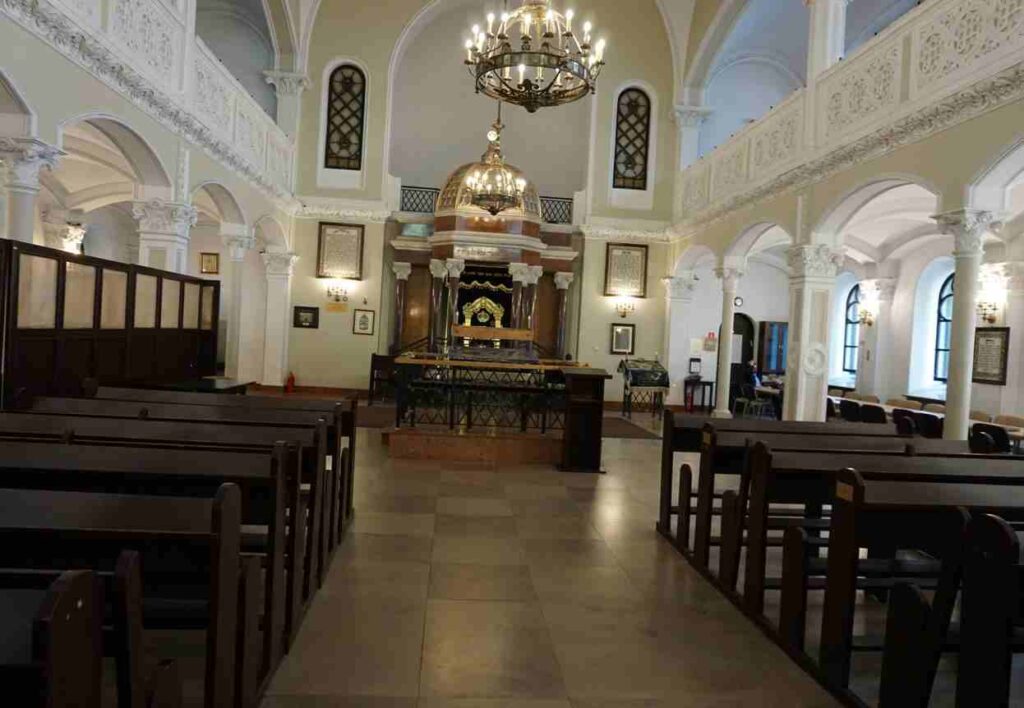
3. POLIN – the history of the Jews in Poland from the Middle Ages to today
Museum of the History of the Jewish People in Poland. Here we will see a variety of monuments and talk about their significance.
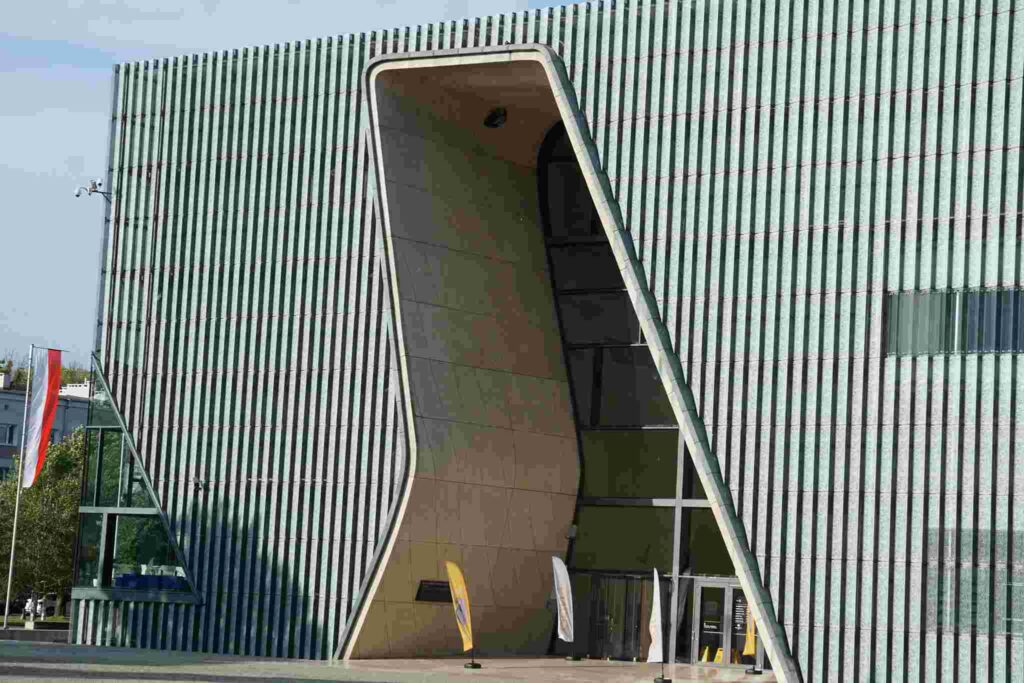
4. Who is Jan Karski? We will answer that question on the tour!
Mass exterminations and daily trains to the Treblinka extermination camp . Who was Jan Karski and was information about the mass exterminations released to Western politicians.
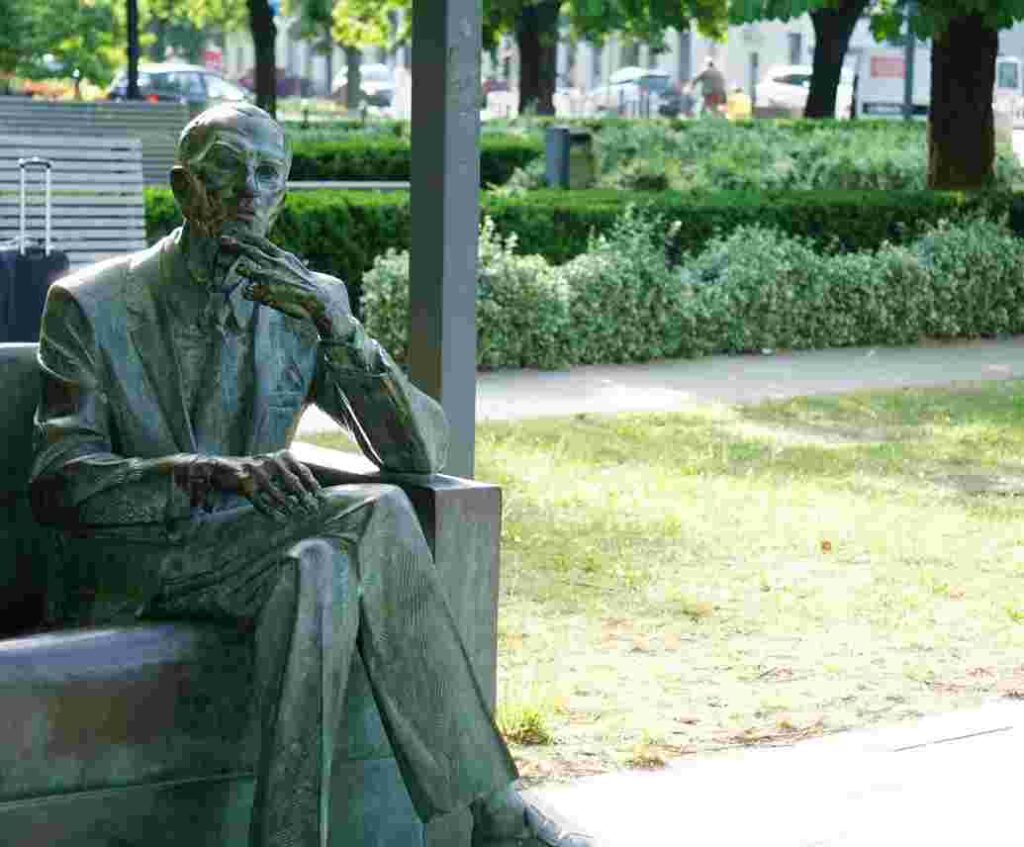
5. Monument to the Heroes of the Jewish Ghetto
Struggle – Here we talk about the uprising in the Jewish ghetto in 1943. What was the cause, how long did it last and what were the consequences. We also talk about how the uprising is perceived by the Polish population and compare it to the perception of the Warsaw Uprising in 1944.
The other side is called March towards Extinction. – Here we’re talking about Jews in Poland after 1945. Among others we look at examples of attacks on Jews in the Polish People’s Republic. We also talk about the expulsion of the last Jews from Poland in 1968. And then I mention Jan Gross’ book “The Neighbours” and the murder by Poles of their Jewish neighbours in the town of Jedwabne during World War II and the reaction it provoked in Poland when it was published in 2000. Finally, we talk about the gag law, which tried to shut down any mention of Polish collaboration with the Germans during WWII. And then I talk about how in 2023, MP Grzegorz Braun used a foam extinguisher to extinguish a seven-branched Jewish candlestick in parliament in an act of protest.
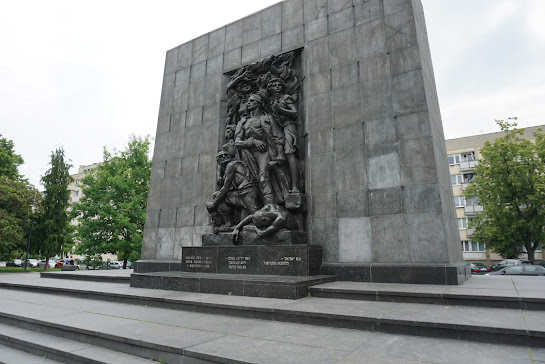
6. The monument with Villy Brandt – German chancellor in 1970
The German Chancellor, who suddenly knelt in front of the monument outside the programme during a visit in 1970. Why did he do it and what were the consequences.

7. Anielewicza-bunker – a mass grave from 1943
Here, a group of Jewish resistance fighters held out during the 1943 uprising. The bunker will be familiar to people who have read Leon Uris’ novel Mila 18.
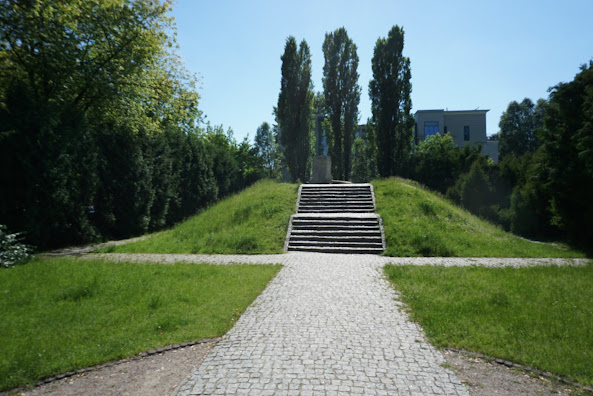
We’ll look at the museum’s architecture and talk about when Jews came to Poland and how they were part of society in the Middle Ages.
Here we end the tour. You have the option to have lunch (excellent Jewish kosher) in the canteen and see the museum for yourself – it’s a large exhibition, so you should allow at least 2 hours to get through the museum.
Write to me at m@hardenfelt.pl to arrange a guided tour in Warsaw
